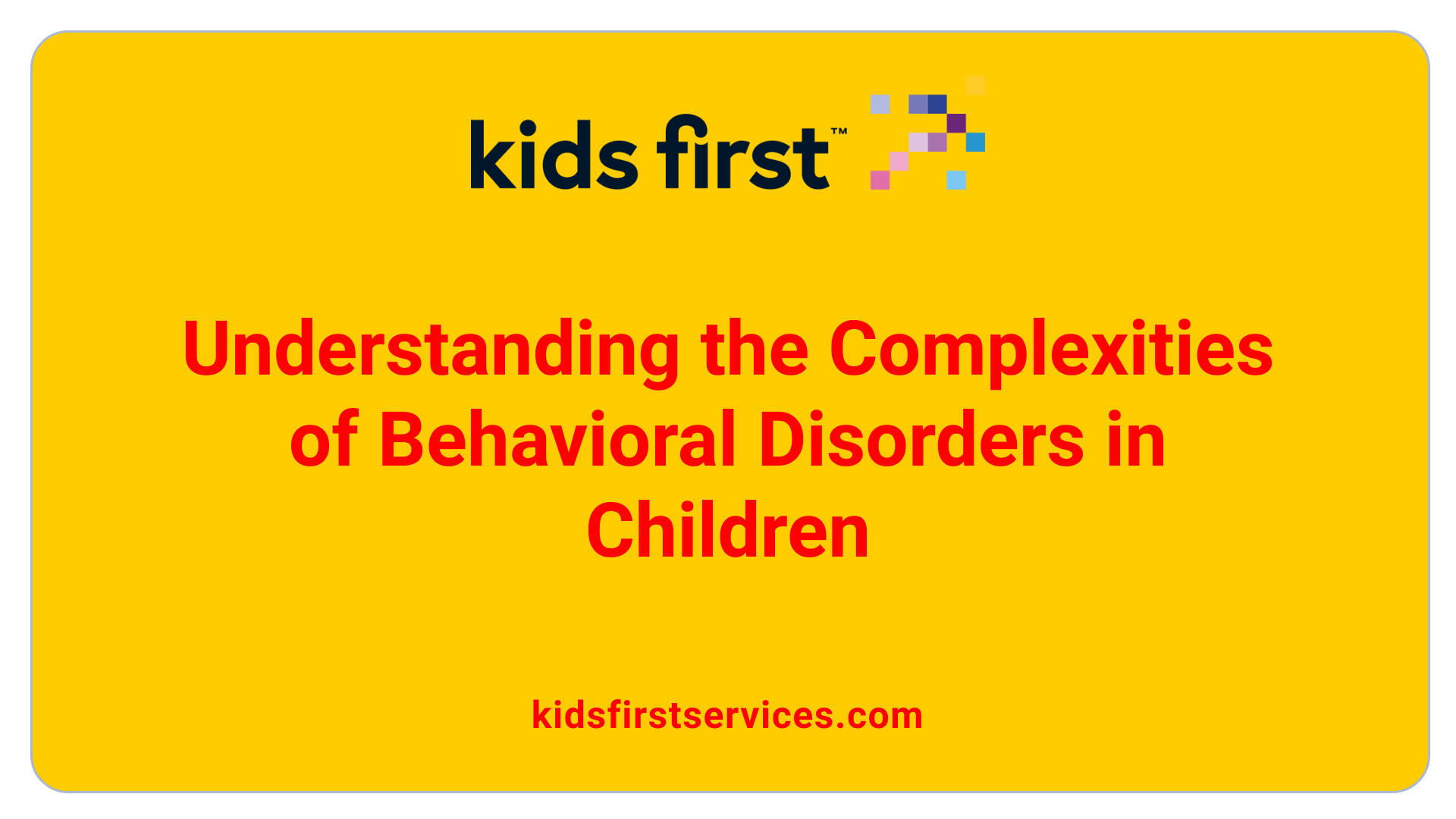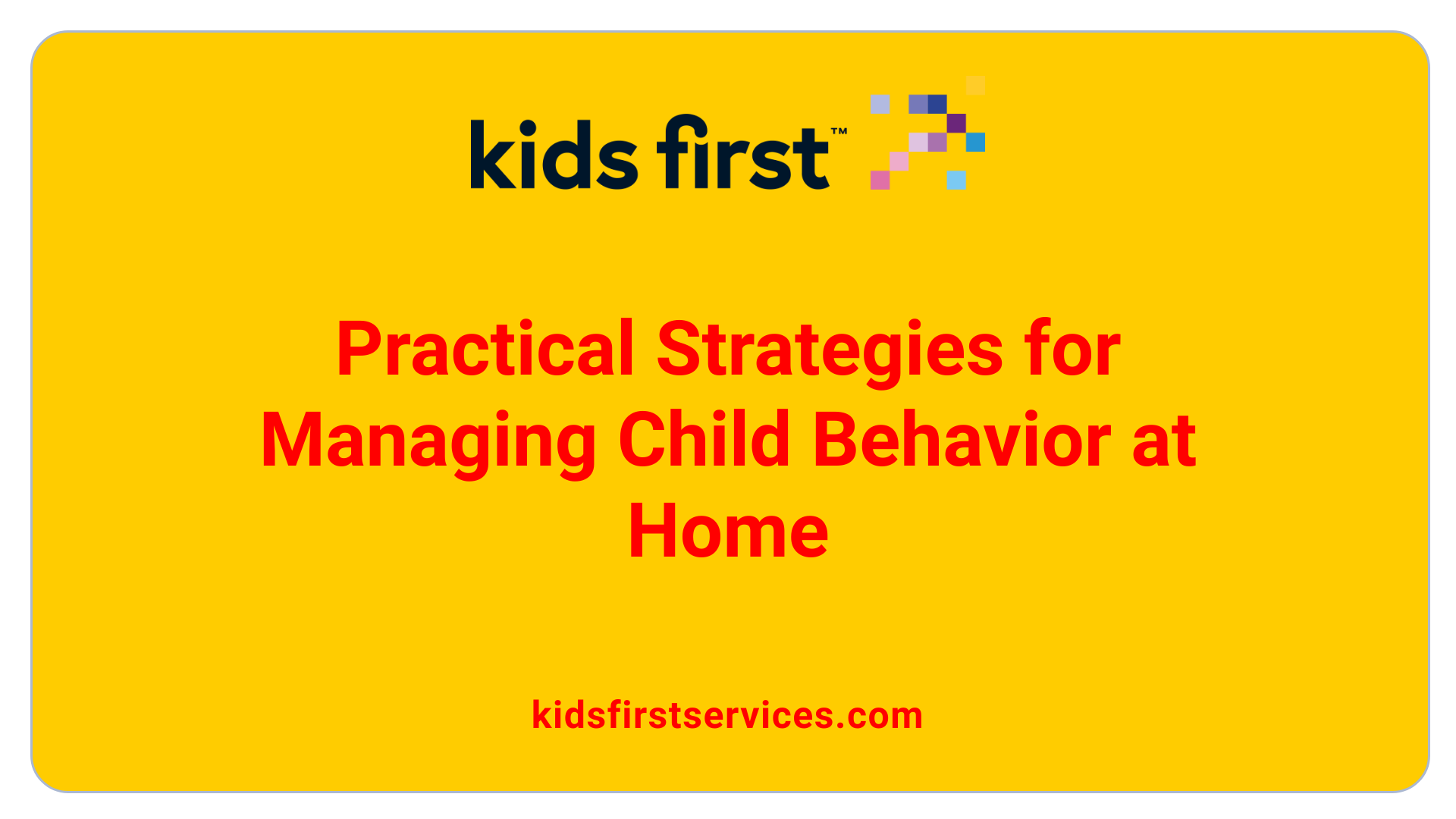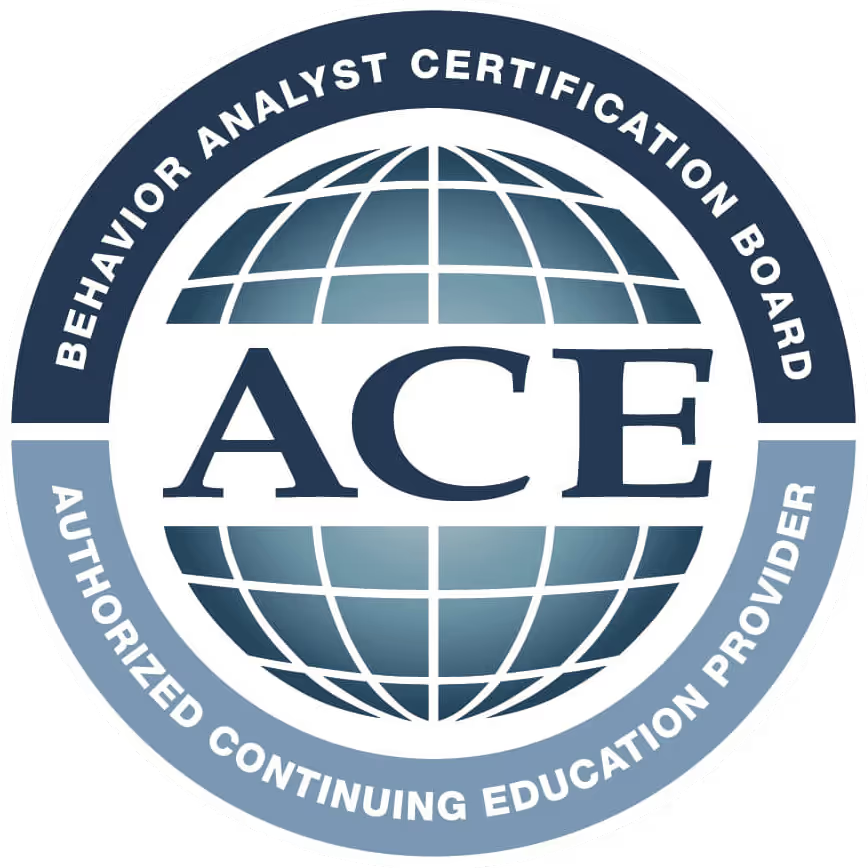
Managing Behavioral Disorders
Comprehensive Insights into Childhood Behavioral Disorders
Understanding Behavioral Disorders in Children
Behavioral disorders in children encompass a range of persistent disruptive behaviors that impact their daily functioning at home, in school, and within social settings. Common disorders include Oppositional Defiant Disorder (ODD), Conduct Disorder (CD), and Attention Deficit Hyperactivity Disorder (ADHD). These conditions are characterized by patterns of defiance, hostility towards authority, and inattention or impulsivity, respectively. Understanding the symptoms, types, and underlying causes of these disorders is crucial to managing them effectively. In this article, we delve into the complexities and treatment options for children experiencing such behavioral challenges.
The Landscape of Behavioral Disorders in Children

What are behavioral disorders in children?
Behavioral disorders in children encompass a range of conditions characterized by persistent patterns of disruptive behaviors that notably disrupt daily functioning in various settings. Common disorders in this category include:
- Oppositional Defiant Disorder (ODD): Marked by difficult behaviors including defiance and hostility towards authority figures.
- Conduct Disorder (CD): Involves aggressive behavior, serious rule violations, and often antisocial acts.
- Attention Deficit Hyperactivity Disorder (ADHD): Characterized by inattention, impulsivity, and hyperactivity.
These disorders can stem from a combination of risk factors, including genetic, biological influences, family dynamics, and exposure to trauma or stress. Diagnosing these disorders usually requires thorough assessments involving parents, teachers, and mental health professionals.
What are the symptoms of behavioral disorders?
The symptoms associated with behavioral disorders are diverse and can include:
- Persistent impulsivity and hyperactivity
- Defiance towards authority and frequent temper tantrums
- Emotional dysregulation, characterized by sudden mood swings and high levels of frustration
- Aggressive behaviors and difficulty adhering to rules
- Social withdrawal and feelings of guilt or depression
Specific symptoms can vary depending on the disorder; for instance, ODD may exhibit frequent anger and vindictiveness, while ADHD may present with focus problems and excessive activity.
Risk factors and causes
Behavioral disorders often arise from a complex interplay of various risk factors, including:
- Biological predispositions: Genetic and neurological factors that may increase susceptibility.
- Family dynamics: Poor parenting practices, family instability, or experiences of abuse.
- Environmental stressors: Challenges such as parental divorce or other significant life changes that can trigger or exacerbate symptoms.
In conclusion, understanding the nuances of behavioral disorders conducts to reinforcing the importance of early identification and intervention.
A Closer Look at Common Behavioral Disorders

What are the common behavioral disorders?
Common behavioral disorders encompass a range of conditions affecting children and adolescents, with Attention Deficit Hyperactivity Disorder (ADHD), Oppositional Defiant Disorder (ODD), and Conduct Disorder (CD) being the most prevalent. ADHD is characterized by symptoms of inattention, hyperactivity, and impulsivity, impacting approximately 11.3% of children aged 5 to 17. ODD is marked by a consistent pattern of defiance against authority figures, leading to ongoing disruptive behavior. Conduct Disorder is more severe, involving aggressive actions and significant rule-breaking, often diagnosed in adolescence.
Prevalence and diagnostic criteria
It's noteworthy that roughly 10% of children under 12 are diagnosed with ODD, while about 5% of 10-year-olds meet the criteria for CD, with a higher prevalence seen in boys compared to girls. Diagnosing these disorders requires comprehensive evaluations from qualified professionals, considering various behavioral symptoms such as chronic defiance, aggression, or impulsivity. Recognition of patterns and the impact of these behaviors on a child's daily functioning are critical in forming a diagnosis.
Additional disorders affecting behavior
In addition to ADHD, ODD, and CD, children may experience other disorders like Obsessive-Compulsive Disorder (OCD), characterized by intrusive thoughts and compulsive behaviors, and Intermittent Explosive Disorder (IED), defined by sudden episodes of unwarranted aggression. Each disorder entails specific challenges that affect emotional regulation and social interactions, underscoring the importance of early diagnosis and tailored interventions.
Managing Child Behavior Issues at Home

How can child behavior problems be managed at home?
Managing child behavior problems effectively requires a keen understanding of what drives these behaviors. Often, issues can stem from common sources such as tiredness, hunger, or frustration. Parents can take proactive steps to create a nurturing environment that encourages better behavior.
Home Management Techniques
- Consistency is Key: A consistent approach in responding to behaviors helps children understand what is expected of them. Clear rules and consequences should be communicated frequently.
- Stay Calm: Parents should always aim to remain calm in response to challenging behavior, avoiding overreactions that may escalate the situation.
- Open Conversations: Engaging in open dialogue about feelings can empower children to express themselves and work through their emotions constructively.
Parental Guidance and Support
- Positive Reinforcement: Utilize positive reinforcement by praising good behavior and rewarding desired actions to encourage repetition of those behaviors.
- Seek Professional Help: Parents facing persistent issues may benefit from the support of health visitors or parenting resources, providing strategies tailored to their specific situation.
Behavior Modification Strategies
- Identify Triggers: Keep track of situations that lead to challenging behaviors. Understanding these antecedents can help modify the child's environment to reduce stressors.
- Routine and Structure: Establishing a daily routine can provide children with predictability, aiding in emotional regulation and cooperation.
Effective Management of Disruptive Behavior Disorders

How is disruptive behavior disorder best managed?
Managing disruptive behavior disorders demands a proactive approach. One fundamental strategy is to establish clear behavioral norms from the start. This includes outlining acceptable and unacceptable behaviors along with the consequences for ongoing disruptions.
Educators should address disruptions in a calm and direct manner. Acknowledging the feelings of the disruptive student while specifying the problematic behavior is vital. Should disruptive behavior continue, instructors may need to ask the child to leave the class. In severe cases, assistance from campus security might be necessary. Afterward, documenting incidents—alongside follow-up discussions with the student—can help clarify expectations and avert future issues.
Consistency is critical in handling disruptive behaviors. Firmness in application creates a structured environment, enabling students to recognize the importance of adhering to established behavioral standards.
Strategies for educators and caregivers
- Positive Reinforcement: Rewarding appropriate behavior with praise or tangible rewards encourages children to replicate those behaviors.
- Consistent Routines: Establishing daily routines provides predictability, which can help children feel more secure and less prone to disruptive outbursts.
- Clear Communication: Articulating rules and expectations in simple language ensures that children understand the desired behaviors and consequences.
- Engaging Learning Activities: Incorporating diverse and interactive activities can actively engage students, reducing opportunities for disruptions.
Structured behavioral interventions
Using structured behavioral interventions can further support effective management. Techniques such as behavioral contracts and individualized behavior plans are helpful. Engaging families in this process ensures a unified approach toward addressing the child’s behavior.
Plus, training parents in effective management practices fosters consistency at home and in school, playing a critical role in reinforcing positive behaviors in children.
Strategies for Managing Behavioral Disorders
What are effective strategies for managing behavioral disorders?
Effective strategies for managing behavioral disorders, particularly in children and teens, involve a combination of psychosocial and pharmacologic interventions.
Clear Rules and Consistency: Caregivers should establish clear rules and expectations. It’s essential to remain calm and consistent when laying out instructions, providing a stable environment for the child.
Communication of Consequences: Explaining the consequences of disruptive behavior helps children grasp the impact of their actions. This reflection fosters understanding and encourages accountability.
Time-out Technique: Implementing structured measures like time-outs allows children the opportunity to calm down and reflect during overwhelming situations, supporting better emotional regulation.
Positive Reinforcement: Acknowledging and rewarding appropriate behaviors through positive reinforcement encourages the child to continue those behaviors.
Professional Guidance: Caregivers should collaborate with healthcare professionals to access evidence-based strategies tailored to the specific needs of the child, ensuring a comprehensive approach to treatment.
Exploring Treatment Options for Behavioral Disorders in Children

What are the treatments for behavioral disorders in children?
Treatments for behavioral disorders in children typically encompass a variety of approaches tailored to address specific needs. The most common include:
- Psychotherapy: This can involve Cognitive Behavioral Therapy (CBT) and family therapy, aimed at improving coping skills and emotional regulation.
- Behavior management training: Parents and caregivers learn strategies to manage their child’s behaviors effectively. This training can enhance parent-child interactions.
- Social skills training: Focuses on teaching children how to interact appropriately with peers and adults, helping them navigate social situations more effectively.
- Family support services: Involve the whole family in the treatment process to foster a supportive home environment.
Before implementing any treatment plan, it is essential for trained professionals to conduct thorough assessments to ensure appropriate diagnosis and intervention.
Research indicates that psychological interventions often deliver better results than medication alone for managing emotional and behavioral issues. Nonetheless, medications may be necessary for some cases, especially when conditions such as ADHD coexist with emotional disorders. Addressing the treatment gap is crucial, as many children with behavioral disorders do not receive appropriate mental health support.
Concluding Thoughts on Managing Behavioral Disorders
Managing behavioral disorders in children requires a nuanced understanding of the various symptoms, underlying causes, and treatment options available. Effective management involves collaborative approaches that engage parents, educators, and healthcare professionals. With early intervention and tailored strategies, many children with behavioral disorders can achieve improved outcomes that enhance their quality of life. It is crucial for caregivers to seek timely professional advice to create supportive environments that foster positive behavioral changes across various settings.
References
- Behavioural disorders in children - Better Health Channel
- Severe Behavior Disorders | Kennedy Krieger Institute
- Treating Disruptive Behavior Disorders in Children and Teens
- What parents should know about treatment of behavioral and ...
- Navigating Life with a Behavioral Disorder- Tips and Techniques
- Managing Behavioral Health Issues in Primary Care - AAFP
- How to Help Someone with Behavioral Disorders - Finding Treatment
- Behavior or Conduct Problems in Children - CDC




